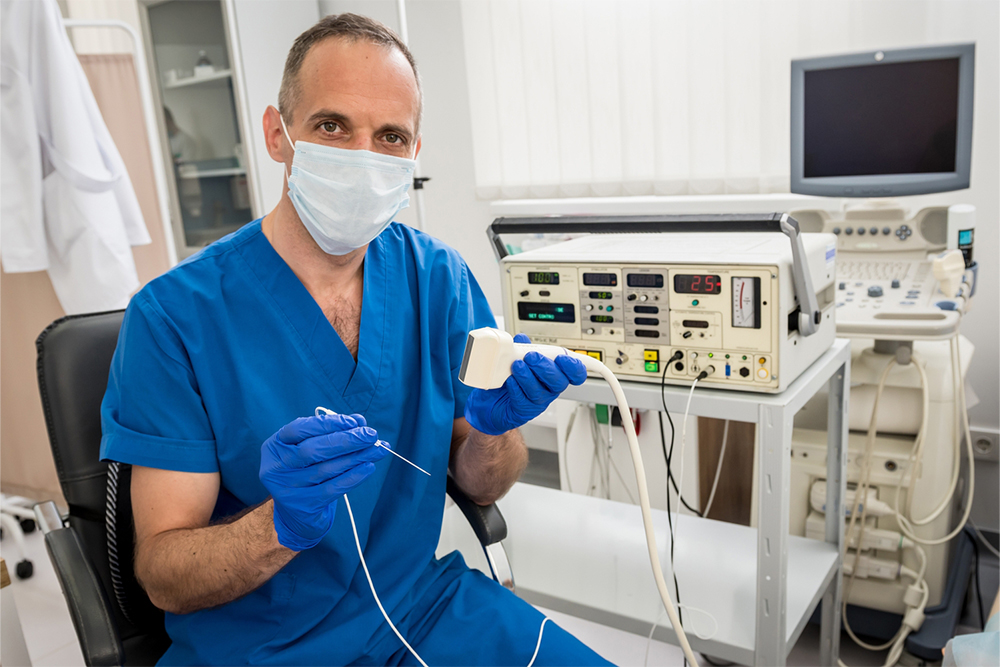Comprehensive Guide to Angiography: Understanding Procedures, Benefits, and Risks
This comprehensive guide explains what angiography is, its purpose in diagnosing vascular conditions, the procedure details, preparation tips, risks, costs, and post-recovery care. It highlights its crucial role in detecting artery blockages and guiding effective treatment options, ensuring better health outcomes. Suitable for patients and healthcare enthusiasts, the article emphasizes the importance of understanding this vital diagnostic tool in modern medicine.

Comprehensive Guide to Angiography: Understanding Procedures, Benefits, and Risks
Angiography, also known as angiogram, is a detailed imaging technique utilized by medical professionals to evaluate vascular health and diagnose various blood vessel conditions. This advanced procedure offers precise visualization of arteries and veins, enabling clinicians to identify blockages, narrowing (stenosis), aneurysms, leaks, or abnormal growths within the vasculature. It is a cornerstone diagnostic tool in cardiology and neurology, providing critical insights that influence treatment decisions and surgical planning. The importance of angiography cannot be overstated, given its role in detecting life-threatening conditions such as coronary artery disease, stroke-causing arterial blockages, and peripheral vascular diseases.
Why is an Angiogram Performed?
An angiogram is typically indicated when there are symptoms or clinical signs suggesting vascular obstructions or abnormalities. Physicians rely on this imaging method to locate the precise site and extent of issues within blood vessels. This information is essential for determining appropriate interventions, whether that involves medication, minimally invasive procedures like stenting, or more complex surgeries such as bypass grafting. The detailed images provided by angiography also assist in monitoring the progression of vascular diseases and evaluating the effectiveness of ongoing treatments.
Angiography plays a crucial role in diagnosing conditions like coronary artery disease, peripheral artery disease, blood clots, and aneurysms. It also supports the assessment of blood vessels associated with tumors or lesions and helps in planning complex interventions such as coronary artery bypass grafting or endovascular stent placement. Additionally, pre-surgical angiograms allow surgeons to evaluate vascular anatomy, thereby reducing surgical risks and improving outcomes.
Who Performs an Angiogram?
Interventional cardiologists are the primary specialists responsible for performing coronary and peripheral angiograms. Vascular surgeons or interventional radiologists typically conduct imaging of limb vessels. When procedures involve cerebral vessels, specialized interventional neurologists take charge. These healthcare professionals are extensively trained in catheter-based techniques—they analyze the angiograms meticulously to diagnose vascular issues precisely and recommend suitable treatment strategies. Multidisciplinary collaboration ensures comprehensive patient care and optimal outcomes.
Preparation for an angiogram requires patients to fast overnight, generally 8-12 hours prior to the procedure. Patients are advised to inform their doctor about any allergies—particularly to iodine or shellfish—as well as ongoing medications, especially blood thinners. It's also important to bring insurance information and identification. On the day of the procedure, vital signs are taken, and an intravenous (IV) line is established for medication administration. The procedure itself involves inserting a catheter—usually through the femoral or radial artery—then injecting a contrast dye to highlight blood vessels on X-ray images. Although some patients may experience a sensation of warmth or mild discomfort during dye injection, the procedure is minimally invasive. Afterward, pressure is applied to the catheter site to prevent bleeding, and patients are monitored during recovery. Follow-up consultations review results and discuss subsequent treatments, which may include angioplasty or surgical interventions.
Cost considerations for angiography depend on multiple factors, including the target area of imaging, healthcare facility location, physician expertise, and insurance coverage. In some regions, the procedure may be more costly due to advanced imaging technology or specialized staff availability. While generally safe, angiography carries some risks—such as bleeding at the catheter site, allergic reactions to the contrast dye, formation of blood clots, or vessel injury. Patients with chronic conditions like diabetes or kidney impairment need additional caution. Post-procedure care involves adequate rest, hydration, and avoiding strenuous activity until fully recovered. Patients should also keep the insertion area clean and dry, avoiding baths or swimming until cleared by their doctor. Awareness of potential complications and adherence to healthcare provider instructions help ensure safe recovery and accurate diagnosis.





